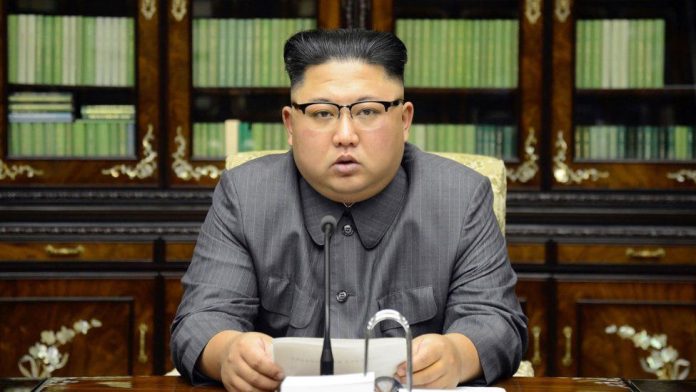North Korea has fired two ballistic missiles across its east coast, South Korea’s military has confirmed.
Japan’s Prime Minister Yoshihide Suga has called the launch “outrageous”, saying it threatened peace and security in the region.
It is North Korea’s second weapons test in recent days, after the launch of a new long-range cruise missile.
Read Also: Prisoners escape after armed men raided Nigerian prison
Wednesday’s short-range missiles flew around 800km (500 miles) at a maximum altitude of 60km.
According to South Korea’s Joint Chiefs of Staff, they were launched from central inland areas of North Korea and flew east towards the Sea of Japan, also known as the East Sea.
It said its military was maintaining “a full readiness posture in close cooperation with the US”.
The US said the launches do not pose an immediate threat to “US personnel or territory, or to our allies”.
Ballistic missile tests contravene United Nations resolutions designed to curb the North’s nuclear activities.
They can carry either nuclear or conventional warheads and are classed according to how far they can travel – the furthest of which being an intercontinental ballistic missile (ICBM).
North Korea has in the past tested ICBMs said to be capable of reaching nearly all of western Europe and about half of the US mainland.
Pyongyang has said that over the past weekend it tested a long-range cruise missile capable of hitting much of Japan, calling it “a strategic weapon of great significance”.

Experts say the cruise missile could possibly carry a nuclear warhead.
The UN Security Council does not forbid the test of cruise missiles. But it considers ballistic missiles to be more threatening because they can carry bigger and more powerful payloads, have a much longer range, and can travel faster.
North Korea is facing food shortages and a severe economic crisis – prompting questions about how it is still able to develop weapons.
The country has spent more than a year in isolation. It cut off most trade with its closest ally China to stop the spread of the coronavirus.
China’s foreign minister is holding talks with his South Korean counterpart in Seoul on Wednesday.
North Korea’s weapons programme and stalled negotiations over denuclearisation are likely to be on the agenda.
In March of this year, Pyongyang defied sanctions and tested ballistic missiles, which triggered a strong rebuke from the US, Japan and South Korea.
And last month the UN atomic agency said North Korea appeared to have restarted a reactor which could produce plutonium for nuclear weapons, calling it a “deeply troubling” development.
Source: BBC





























